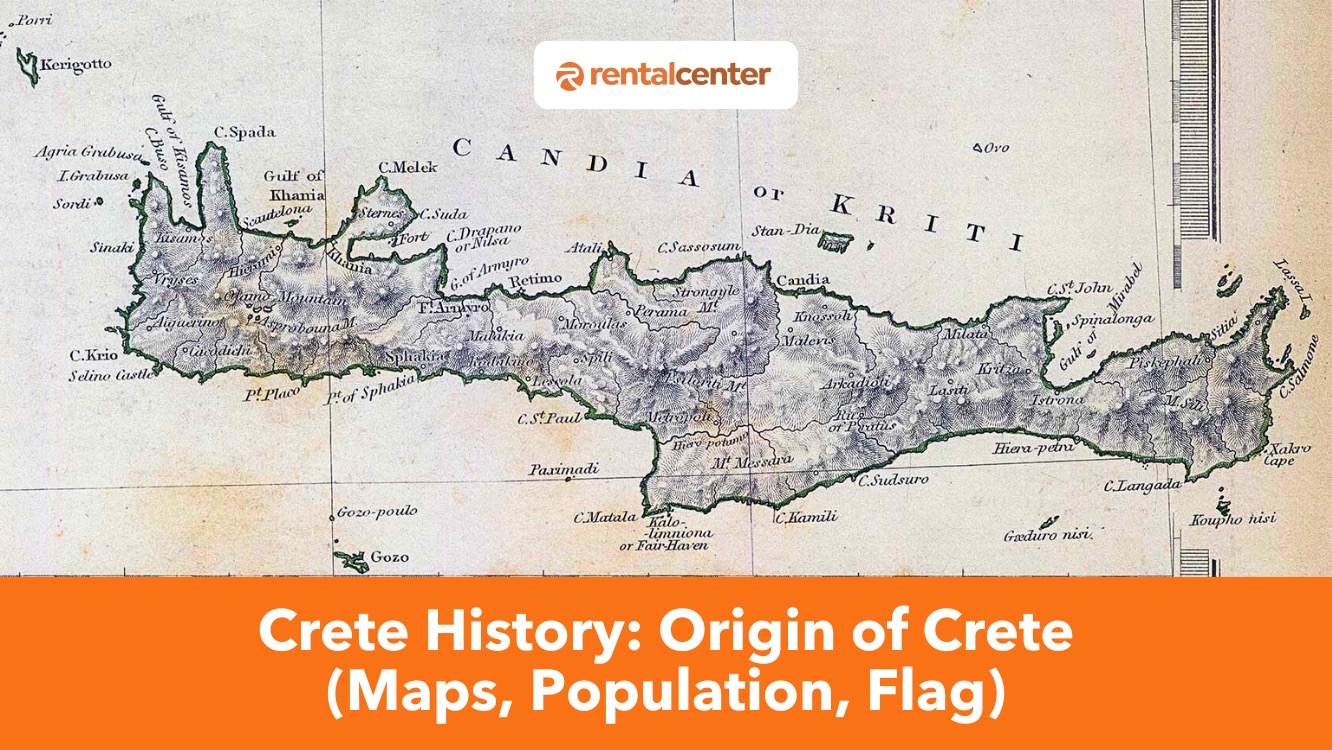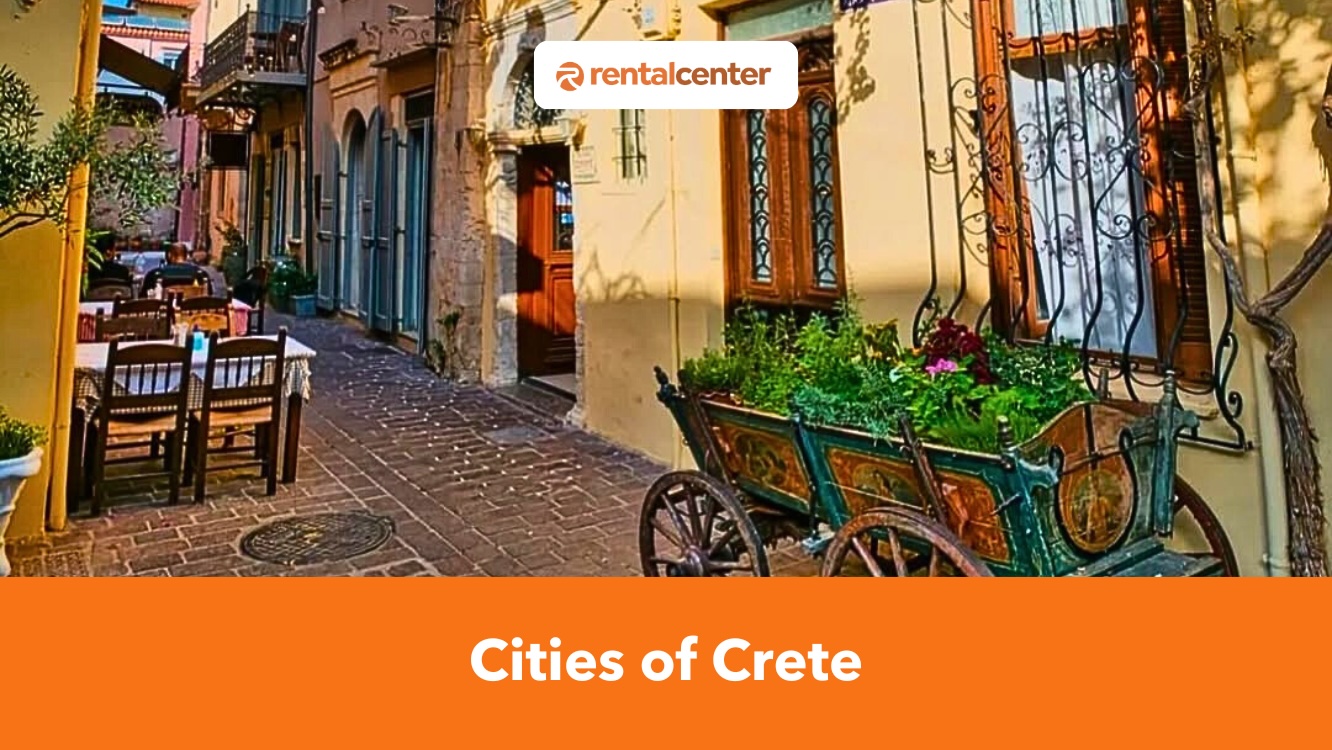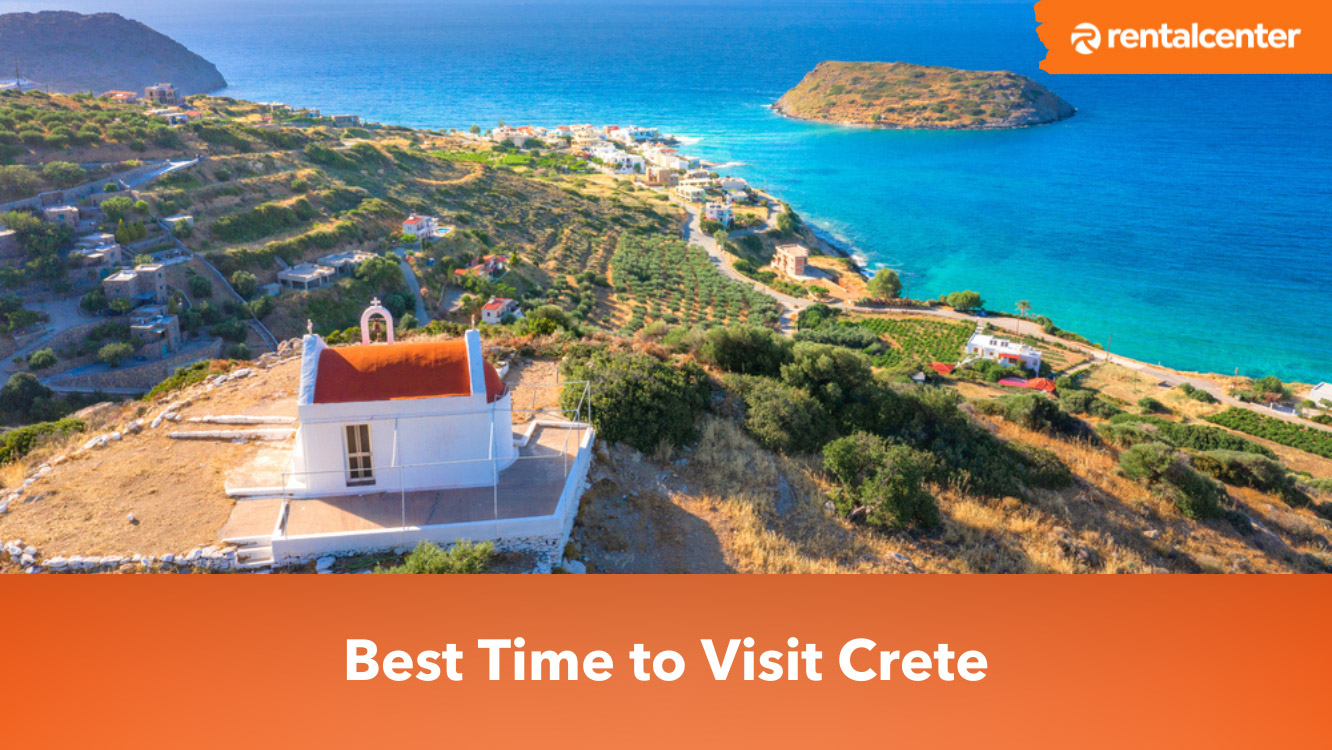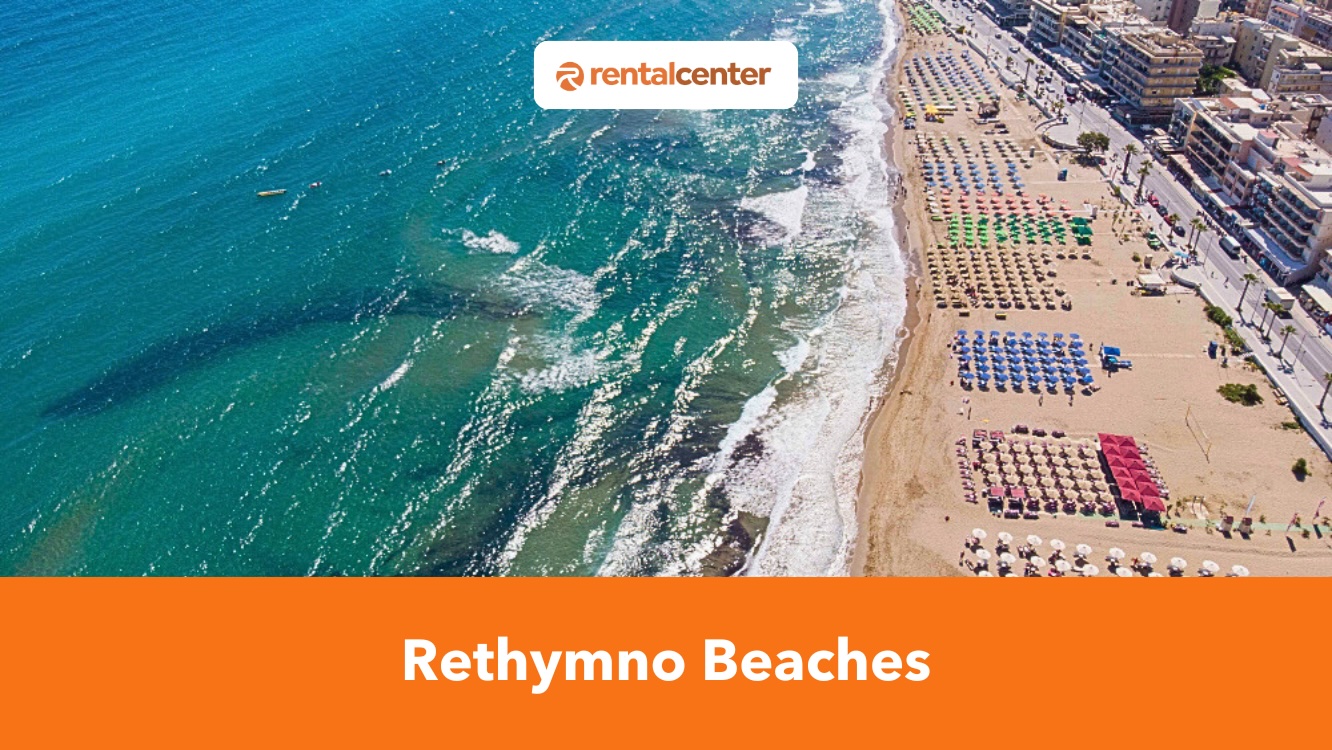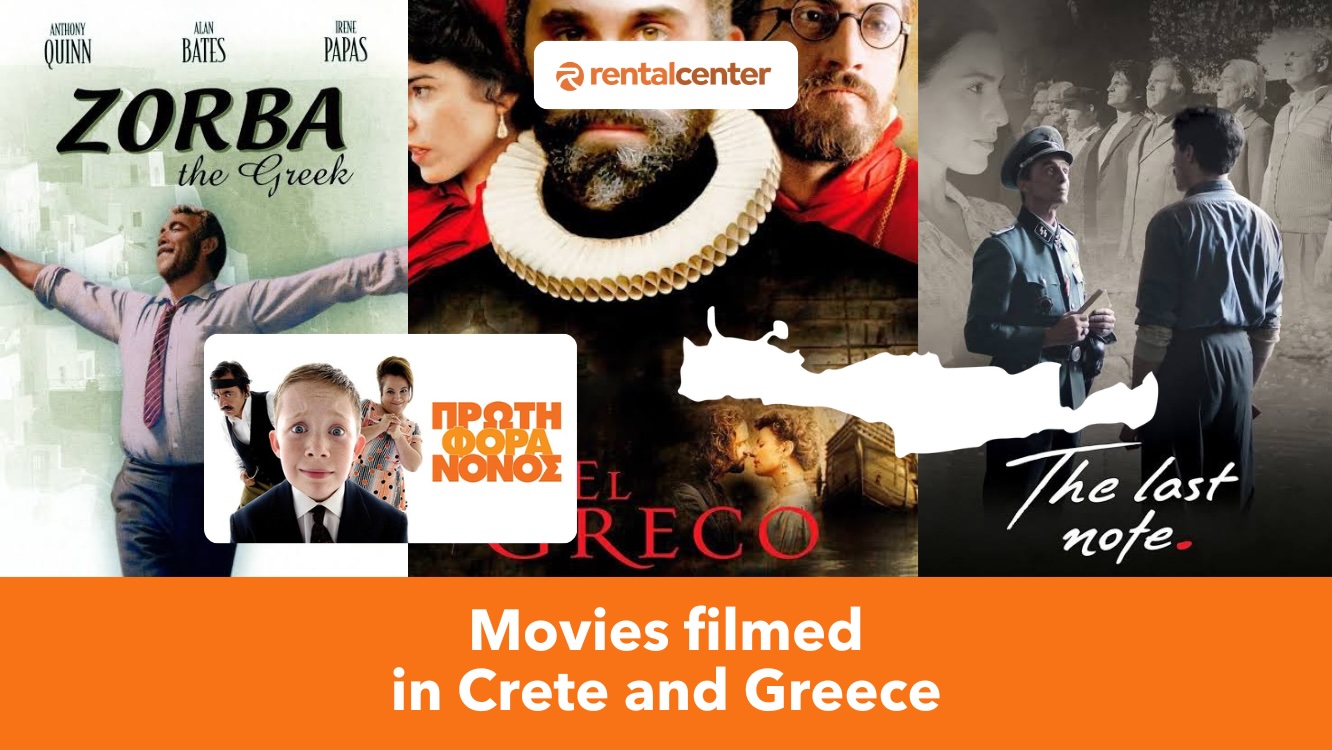Crete Shopping: Markets, Areas and Shops in Crete
Crete shopping offers a blend of traditional craftsmanship and modern retail experiences. Visitors can explore local markets, boutique shops, and artisan workshops showcasing unique products such as handmade textiles, pottery, jewelry, and regional delicacies like olive oil and honey. The shopping culture in Crete emphasizes authenticity, with many items rooted in centuries-old techniques and traditions. From urban centers to village markets, shopping in Crete provides a chance to connect with the island’s history and creativity.
18 Authentic Crete Souvenirs to bring back from Crete
Going on a trip to Crete and wanting to bring back memorable souvenirs to each of those moments into your heart and mind? Looking for the best souvenirs on any visit to Crete can be a tough nut to crack. From traditional jewelry and mouth-watering Cretan food to other Cretan products, you will have a variety of souvenirs to choose from while touring here. Crete has a rich history and is famous for its customs and traditions. You will definitely want to cherish your days in Crete with the 'right' type of souvenir, something that speaks to your heart.
Crete: Economy, Politics and Administration
Crete's economy combines tradition and modernity, shaped by its natural resources, location, and cultural heritage. The island’s landscape supports agriculture, tourism, and trade, establishing Crete as a commercial hub. Its economy balances historical traditions with evolving industries, demonstrating resilience and adaptability. Resources and cultural identity drive growth, showing how sustainable development arises from local strengths in a changing global context.
Crete: Ancient History, Mythology, Civilization, Economy and Tourism
Crete is the most populated and largest among the islands of Greece. It has an area of 8,336 sq mi. It is located about 160 km south of the Greek mainland. And about 100 km southwest of Anatolia. Crete’s capital and largest city are Heraklion. During the Palaeolithic age, humans have inhabited the island since at least 130,000 years ago. Crete was the cradle of Europe’s first civilisation.
What to Know about Greece Population?
The Greek population reflects historical and cultural heritage shaped bycenturies of tradition, migration, and societal development. The demographicdistribution varies across urban centers, rural areas, and islands, contributingto the country’s diverse social and cultural landscape. Population trends inGreece are influenced by factors such as economic conditions, regionaldevelopment, and migration patterns. The Greek population offers insights intothe nation’s cultural fabric, societal structure, and the dynamics shaping itsmodern identity.
Crete History: Origin of Crete (Maps, Population, Flag)
Crete, Europe’s oldest continuously inhabited island, evolved from Neolithic communities into the advanced Minoan civilization, famous for its monumental palaces and maritime influence, before undergoing Mycenaean invasions and later incorporation into Roman, Byzantine, Arab, Venetian, and Ottoman domains. Following prolonged foreign rule and frequent uprisings, it attained autonomy as the Cretan State in 1898 and officially unified with Greece in 1913. The Mediterranean island preserves its distinct cultural identity through its dialect, music, dance, cuisine, and religious traditions. Its strategic geographical position, historical layers, and archaeological heritage continue to shape its cultural and economic significance.
Cities of Crete: Names, Facts, Features and Car Rentals
Crete, the largest Greek island, combines history, culture, and beauty across its destinations. Coastal areas offer sandy beaches, nightlife, and landmarks, while inland villages provide setting and traditional Cretan cuisine. Visitors can explore ancient ruins, relax by the sea, or experience the heritage, making Crete an ideal destination for all travel styles.
Best Time to Visit Crete: Climate, Weather and Temperature
Travellers enjoy a variety of experiences on Crete, the largest and southernmost Greek island. Personal preferences and the desired type of experience help determine the best time to visit Crete. The summer months of June to August are ideal for enjoying warm weather and the best beaches in Crete. The island is crowded with tourists during the busiest time of year and visitors take advantage of the island's sun-drenched beaches and exciting nightlife. Big tourist attractions are crowded during peak season.
14 Top Rethymno Beaches to visit in 2025
Rethymno, located on Crete's northern coast, features a scenic coastline with beautiful beaches, a Venetian harbour with colorful fishing boats, and a backdrop of hills and mountains. As the third-largest town on the island, Rethymno balances the urban energy of Heraklion and Chania with a relaxed and distinct atmosphere.
16 Best Things to Do in Chania in 2025
Chania stands as a testament to the timeless beauty of Crete. Travellers from all corners of the world arrive ready to experience Chania’s history and culture. Chania is located on the northwest coast of Crete. Chania’s Venetian architecture and pristine beaches create a memorable experience.
20 Best Things to Do in Heraklion in 2025
Tourists have a lot of things to do and several places to visit in Heraklion in 2025. The Greek island of Crete's capital, Heraklion, is home to various natural attractions, history and culture.One is that the ancient ruins of the Minoan palace of Knossos are evidence of Europe's earliest known civilization, which never ceased to fascinate visitors. History buffs must go to the Archaeological Museum of Heraklion, which houses items from Knossos. The Aegean Sea, the city and the Venetian Fortress of Koules, which guards the harbour, are all visible from Heraklion.
Cretan Lyra: Experience the beauty of the spirit of Crete
No one plays the Lyra like the Cretans. Hearing the Cretan Lyra is an incredible way to experience the boldness and the beauty of the spirit of Crete.
Mantinades: All About the Famous Rhyming Couplet of Crete
One of the many wonderful things about Crete is that traditional culture plays such an important role in contemporary life, and among all age groups. Tradition is embraced by all generations and is seamlessly and beautifully integrated into Cretan daily life. One of the signature features of Cretan traditional culture is known to all throughout Greece - Mantinades.
Cretan Music: Songs, Festivals, Dances and Traditions
Cretan music forms a core part of the island's identity, deeply tied to its history, traditions, and emotions. Mantinades and Ritika reflect themes of love, heroism, and struggle. They are often performed at ceremonies, weddings, and festivals. Instruments like the Lyra, laouto, askomandoura (bagpipe), and thiaboli (flute) create a distinct sound in Cretan music. Modern Cretan music incorporates global genres like rock and jazz.
13 Amazing Movies Filmed in Crete and Greece
Crete has long served as an attractive film location due to its diverse landscapes, cultural heritage, and supportive production environment. Numerous international and Greek movies have been filmed across the island, making use of its beaches, mountains, historic fortresses, and ancient ruins. The accessible transport links, mild weather, tax incentives, and skilled crews make it ideal for year-round filmmaking. Visitors can easily explore iconic filming spots—like Stavros Beach, where Zorba’s famous Syrtaki dance was filmed, or the ruins of Knossos, featured in international productions.
Hersonissos Crete: Things to do, Location, How to Get There?
Hersonissos, one of the most popular Cretan seaside resorts, is one of the top choices in the region of Heraklion when it comes to package holidays, nightlife, good tavernas and a wonderful, pristine sea.Along the modern seafront, an endless line of restaurants and souvenir shops give even more life and colour to the village. The modern port of Hersonissos was built over an ancient Roman harbor, while some of its remains are visible in some places under the sea.
Car Rental Deposit, Payments and Excess Reimbursement Explained
Car rental deposits, payments, and excess reimbursement policies are crucial elements of the car hire process that ensure smooth transactions for both renters and companies. A deposit, typically held as a credit card pre-authorization, acts as security for potential damages, theft, or unpaid fees. Depending on the vehicle type, rental duration, location, and insurance coverage, average cost of basic insurance in Crete is between €10 ($10.89, £8.70) and € 20 ($21.77, £17.40) per day, while comprehensive coverage ranges between €30 ($32.66, £26.10) and €40 ($43.54, £34.80) per day. Refunds are usually processed within 5 to 30 business days upon vehicle return. Payment flexibility is increasing, with options like debit cards, PayPal, and cash in specific cases. Excess reimbursement insurance provides financial protection by covering out-of-pocket expenses for damages, typically not included in standard car rental policies.
Insurance Options for Renting a Car in Greece and Crete
Understanding your insurance options is crucial when renting a car in Greece, especially in Crete, to ensure a secure and stress-free experience. Insurance options in Greece include Third Party Liability Insurance (TPL), Collision Damage Waiver (CDW), Super Collision Damage Waiver (SCDW) or Full Damage Waiver (FDW), Personal Accident Insurance (PAI), Theft Protection (TP), Fire Protection (FP) and Tire Insurance.
Crete Geography: Beaches, Mountains, Gorges and Plateaus
Crete's geography is remarkably diverse, featuring stunning beaches, rugged mountain ranges, fertile plateaus, and dramatic gorges. The island is divided into four main regions: Heraklion, Lasithi, Rethymno, and Chania, each with distinct geographical characteristics.
Greek Language: Facts, History, Structure and Culture
Greek, one of the oldest recorded Indo-European languages, dates back to the 15th century BCE. Modern Greek, the official language of Greece, evolved from Ancient Greek and has been in use since Greece's independence in 1829.Greek, a highly inflected language, has a rich grammatical structure and notable dialects, including Cretan, Pontic, and Tsakonian. Its alphabet, with 24 letters, defines its identity.













